Sculpins party from Oregon
Logbook / Added by Kimberly Tice / 5 May 2013


Sculpins are the beautiful fish in many of these photographs. These are a diverse family of mostly bottom-living fishes that are related to scorpionfishes. Sculpins are particularly diverse in the North Pacific, especially in tide pools. These photographs were all taken at the Oregon Institute of Marine Biology (OIMB) by our talented friend and photographer Kimberly TICE.
Author - Kim Tice / Title image credit: Kim TICE
READ 23731 TIMES / 0 COMMENTS
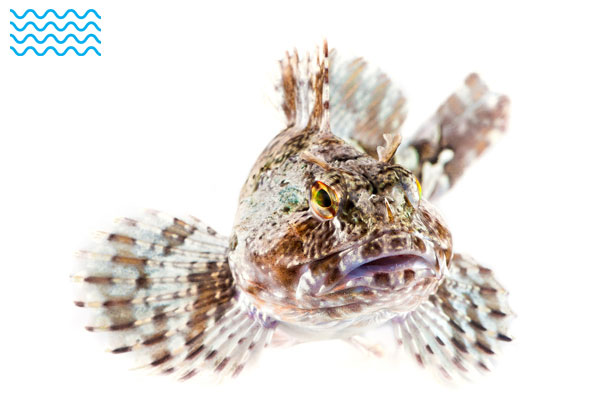
Scorpaenichthys marmoratus. Cabezon

Oligocottus snyderi. Fluffy sculpin

Oligocottus maculosus. Tidepool sculpin
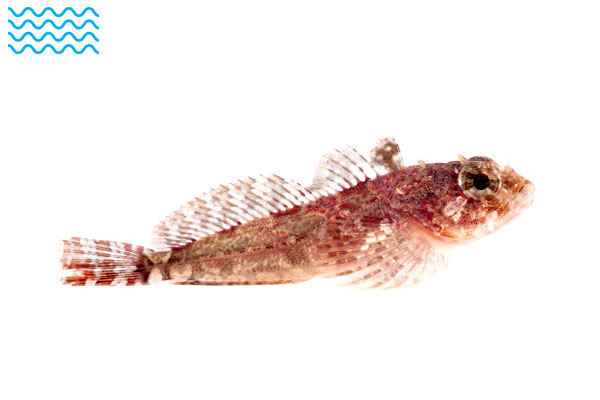
Hemilepidotus hemilepidotus. Red Irish Lord

Enophrys bison. Buffalo sculpin
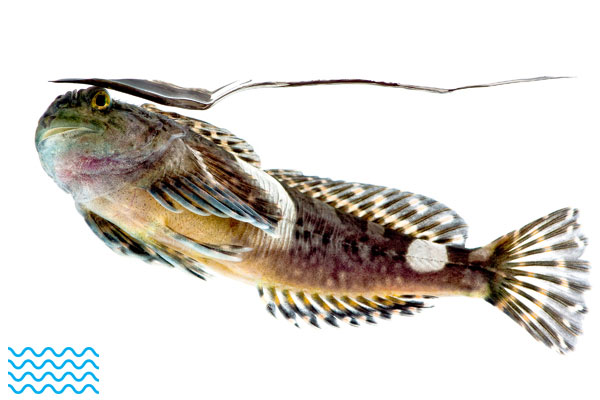
Clinocottus globiceps. Mosshead sculpin
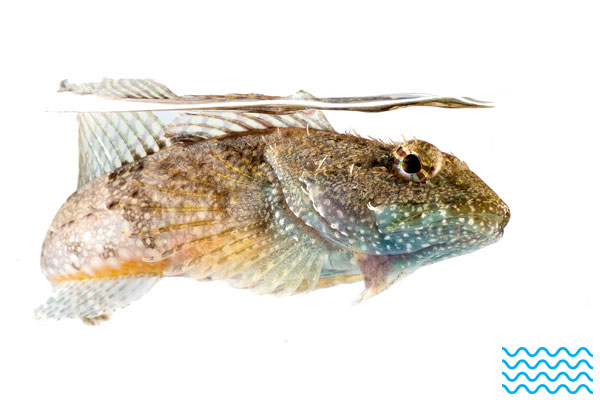
Artedius lateralis. Smoothhead sculpin

Unidentified Brittle Star
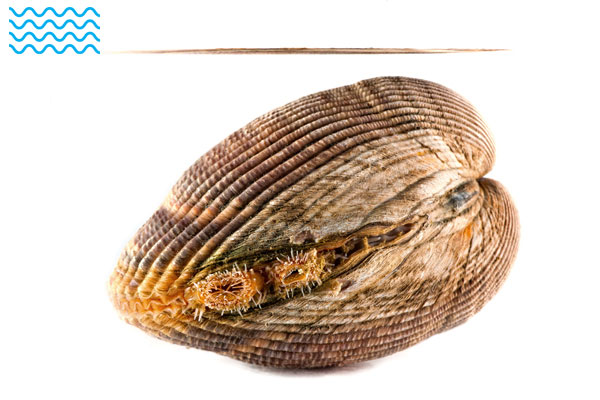
Clinocardium nuttallii. Nuttall’s Cockle, Heart Cockle
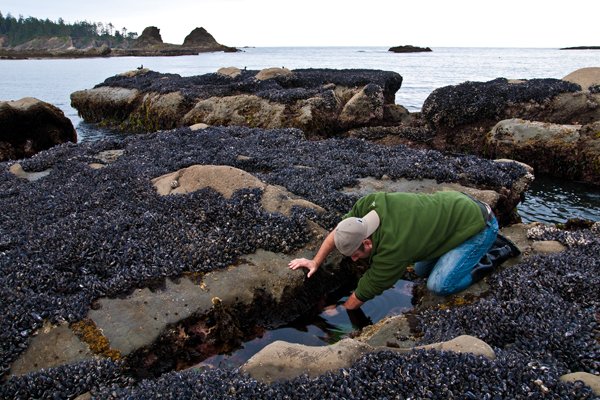
Matt Sculpin Searching

Sunset Bay, Oregon

Sunset Bay, Oregon
Kim Tice is an itinerant biologist who began her career studying birds in places like Canada, California, and the Galapagos. Having been born and raised in Hawaii, she decided she wanted to learn more about the marine world, and received her Master’s in Zoology from the University of Hawaii. She then worked as a Marine Biotechnician for the National Park Service at Kalaupapa National Historical Park in Hawaii. She recently moved to Portland, Oregon, where she is exploring the many wild places the Pacific Northwest has to offer while embarking on a whole new field of study pursuing a career as a nurse. Kim doesn’t have enough spare time for all of her hobbies, which include photography, hiking, cooking, knitting, and taking long walks with her dog Tank.
These photographs were all taken at the Oregon Institute of Marine Biology (OIMB), the marine lab of the University of Oregon, where I had the opportunity to help teach a course on the Biology of Fishes with my good friend and scientist-teacher extraordinaire Dr. Matthew Knope. OIMB is located in the small town of Charleston, Oregon and provides access to a wide variety of habitats including sea cliffs, rocky intertidal zones, sandy beaches, and the large estuary of Coos Bay, itself containing mud flats, eelgrass beds and salt marshes. The coastline is dotted with stunning parks including Sunset Bay State Park, Cape Arago State Park, and the Oregon Dunes National Recreational Area.
Matt is an expert on sculpins, the beautiful fish in many of these photographs. These are a diverse family of mostly bottom-living fishes that are related to scorpionfishes. Sculpins are particularly diverse in the North Pacific, especially in tide pools, so we decided they would be the perfect study organisms for a group project with our students. Thus, we all spent several early mornings together chasing sculpins and the low tide in Sunset Bay State Park. Not only was I awed by beauty of the intertidal and its abundance of amazing creatures, I was also constantly impressed by the energy and enthusiasm of our students, and the fortitude of many of the tourists who we also encountered exploring the intertidal on these early mornings. Our hard work paid off as we expanded previous research into the homing behavior of these fishes, and our students found that some of these diminutive fish were able to home back to their tidepools after being displaced more than 150 meters!
A variety of classes are taught at OIMB, including an Invertebrate Biology course. I have that class to thank for finding all of the amazing invertebrates included in these photographs. This series of photographs is my first attempt at taking this type of pictures, and I owe a huge thank you to Aldine and Eric for generously sharing with me the techniques used to take these pictures. I hope they help make people aware of the wonderful diversity hidden all around us.
About the Author: Kim Tice is an itinerant biologist who began her career studying birds in places like Canada, California, and the Galapagos. Having been born and raised in Hawaii, she decided she wanted to learn more about the marine world, and received her Master’s in Zoology from the University of Hawaii. She then worked as a Marine Biotechnician for the National Park Service at Kalaupapa National Historical Park in Hawaii. She recently moved to Portland, Oregon, where she is exploring the many wild places the Pacific Northwest has to offer while embarking on a whole new field of study pursuing a career as a nurse. Kim doesn’t have enough spare time for all of her hobbies, which include photography, hiking, cooking, knitting, and taking long walks with her dog Tank.
No comments have been added yet!